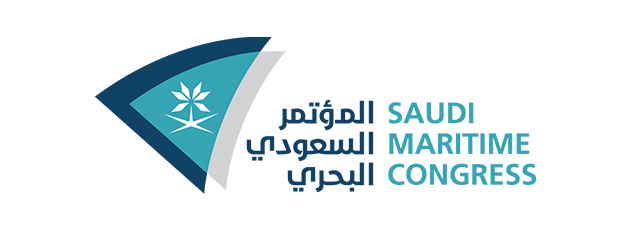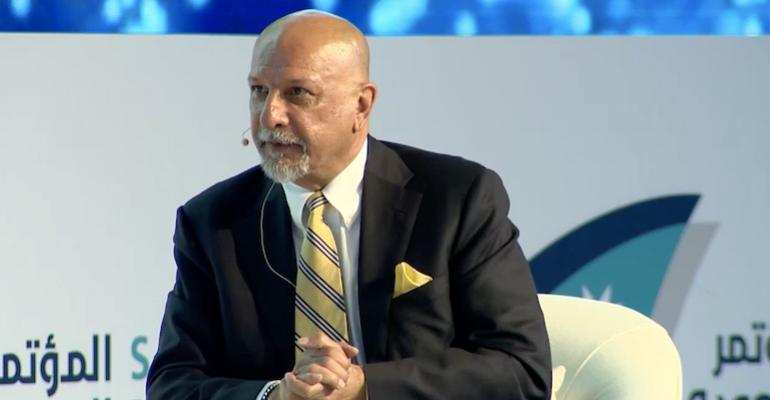Speaking at the Saudi Maritime Congress in Dammam yesterday, he told delegates that the world does not have enough green energy available today to halt the search for hydrocarbons. New energy supplies would consist of both hydrocarbons and green sources of energy.
This would underpin demand for offshore support vessels for perhaps the next decade. Supply of extra capacity is limited. Stacked units have been recommissioned and those that are left are often old and inefficient. Utilisation is currently around 90% and there are few new vessels available.
Fazelboy cited figures from Oslo energy analyst, Rystad Energy, illustrating that global investment in oil and gas exploration and production (E&P) fell by almost 50% in the seven years between 2014 and 2021. E&P spending fell from $880 billion to less than $450 billion over the period.
He then assessed projects in both oil and gas and renewables that are currently in progress at the three Middle East national oil companies, Saudi Aramco, ADNOC and QatarEnergy, recently rebranded from Qatar Petroleum.
Saudi Aramco, with a net profit in 2022 of $160 billion, is planning to raise oil production from 12 to 13 million b/d by 2027. Last November, the world’s largest energy company awarded $11 billion of contracts to oil field service firms including Baker Hughes, Halliburton, Schlumberger and Technip.
From 52 contracted rigs in 2021, numbers have risen to a likely 88 this year and probably more than 90 in 2024. Aramco expects its contracted fleet of offshore support vessels to increase from about 300 units today to 450 by 2027, Fazelboy said.
Qatar’s North Field expansion is likely to increase LNG production from 77 million tonnes per annum (mtpa) to 126 mpta, with first LNG by 2027. The country has 18 projects under development involving capex of more than $60 billion. Almost half of this has already been sanctioned in the first phase of North Field expansion.
ADNOC is planning to raise oil production by 25% to five million barrels a day by 2027 and is spending an average of about $30 billion a year on expansion projects. The company has recently awarded contracts worth $20 billion, Fazelboy said, although $15 billion of these went to its own subsidiaries in a drive to maximise local content.
However, while all three countries are boosting hydrocarbon capex, they are pursuing green objectives too. Saudi Arabia has committed to having 50% of its electricity generated from renewables by 2030, according to a report in the Financial Times.
The UAE, which will host COP28 later this year, has committed to cutting greenhouse gas intensity by 25% by 2030. Qatar is aiming for five gigawatts of solar power by 2035 and cuts in carbon intensity of 25% in upstream operations and 35% in LNG facilities by the same year. The country is also planning to capture 11 mtpa of carbon dioxide by then.
Fazelboy highlighted a range of other initiatives and mentioned a quote from Dr Sultan Ahmed Al Jaber, ADNOC CEO, who said: “It’s not oil and gas, Or solar, not wind OR nuclear, OR hydrogen. It is and gas AND solar AND wind AND nuclear AND hydrogen. It is all of the above plus the clean energies yet to be discovered, commercialised, and deployed. The world needs maximum energy, minimum emissions.”
Finally, Fazelboy said that OSV operators were facing more demand, higher day rates, and improved utilisation. There is no contracting spree either, he noted.
“Is this the start of the next OSV super-cycle,” he asked. “Well, it sure looks like it to me!”
Copyright © 2024. All rights reserved. Seatrade, a trading name of Informa Markets (UK) Limited.
Add Seatrade Maritime News to your Google News feed.  |



